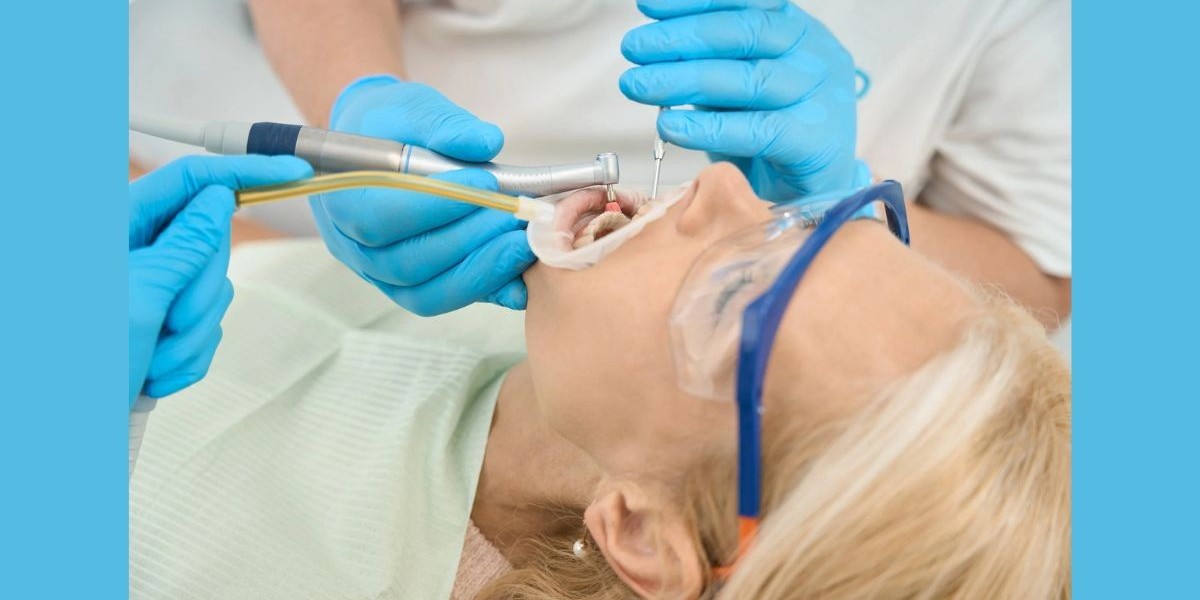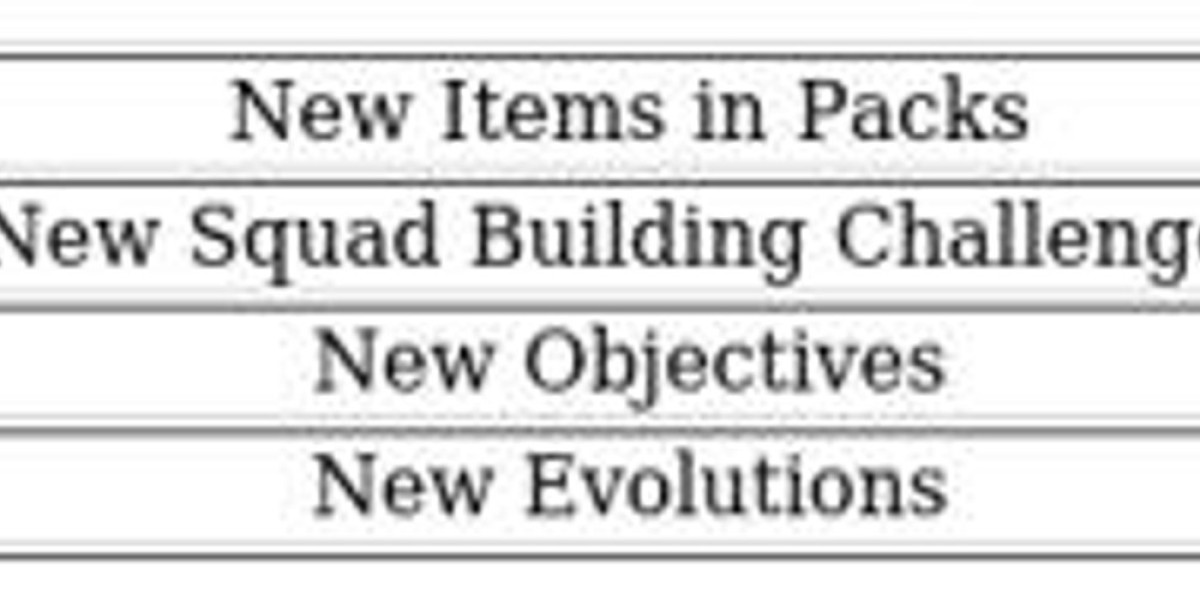Sedation dentistry has become an essential part of modern dental care, providing patients with a comfortable and stress-free experience. Many people avoid necessary dental treatments due to anxiety, fear, or sensitivity to pain. Sedation helps ease these concerns and allows dentists to perform procedures smoothly and efficiently. Understanding what kind of sedation dentists use can help patients prepare for their visit and make informed decisions about their care.
The Purpose of Sedation in Dentistry
Sedation is not only about keeping a patient calm but also about ensuring that dental treatments are safe and effective. Patients who suffer from severe anxiety, have a low pain threshold, or require extensive dental work can benefit greatly from sedation techniques. Dentists choose the type of sedation based on the complexity of the procedure, patient health, and comfort needs.
Nitrous Oxide Sedation
One of the most common forms of sedation used by dentists is nitrous oxide, also known as laughing gas. This mild sedative is inhaled through a mask and takes effect within minutes. Patients remain conscious but feel relaxed and less sensitive to discomfort. Because nitrous oxide wears off quickly, patients can usually drive themselves home after treatment. This option is often used for routine procedures or for patients with mild anxiety.
Oral Sedation
Oral sedation involves taking a prescribed pill before the appointment. Depending on the dosage, it can range from mild to moderate sedation. Patients often remain awake but feel drowsy and relaxed, with little memory of the procedure afterward. This type of sedation is popular because it is simple to administer and highly effective for patients with moderate dental anxiety.
Intravenous Sedation
Intravenous or IV sedation delivers medication directly into the bloodstream, allowing dentists to achieve deeper levels of relaxation quickly. IV sedation is often used for lengthy or complex procedures such as wisdom tooth extractions or multiple treatments in a single session. Patients under IV sedation remain conscious but deeply relaxed, and they may not remember much about the procedure afterward. For professionals, specialized training is required, and many pursue advanced education such as IV sedation courses for dentists .
General Anesthesia in Dentistry
In rare cases, general anesthesia may be used, particularly for patients undergoing extensive surgery or those with severe dental phobia or special healthcare needs. Under general anesthesia, patients are completely unconscious, and the dentist works with an anesthesiologist to monitor safety. Because of the complexity and risk involved, general anesthesia is only used when absolutely necessary.
Sedation Options for Pediatric Patients
Children often struggle with fear and anxiety when visiting the dentist. Pediatric dentists may use nitrous oxide or mild oral sedatives to help young patients feel at ease. In some cases, deeper sedation methods may be considered, especially if the child requires extensive treatment or has special needs. Safety is the highest priority, and dosage is carefully tailored to the child's age and health.
Safety Measures in Sedation Dentistry
Sedation is generally safe when administered by trained professionals. Dentists and their teams are required to maintain certifications such as BLS renewal to ensure they can handle emergencies. Patient monitoring, medical history review, and precise dosing are critical steps in maintaining safety. Modern equipment and strict protocols also minimize risks and allow patients to receive care with confidence.
Professional Training and Continuing Education
Dentists who provide sedation must complete specialized training to stay compliant with regulations and deliver safe care. Many professionals enroll in live dental CE courses to expand their skills and stay updated with the latest sedation techniques.
For dentists practicing in Texas, ongoing requirements like renew Texas dental license ensure that practitioners meet state standards. Similarly, international practitioners often look into states that allow foreign trained dentists to understand eligibility for practice in the United States.
Benefits of Sedation for Patients and Dentists
Sedation provides clear benefits for both patients and dental professionals. Patients experience reduced anxiety, minimal discomfort, and a quicker perception of treatment time. Dentists benefit from improved patient cooperation and the ability to complete multiple procedures in fewer visits. This balance between comfort and efficiency makes sedation dentistry a valuable tool in modern dental practice.
Patient Considerations Before Choosing Sedation
Not all patients are suitable candidates for every type of sedation. Factors such as age, medical history, medications, and the complexity of the procedure play a role. A thorough consultation with the dentist is essential to determine the safest and most effective option. Clear communication about fears, allergies, or past experiences helps dentists make informed decisions about the right sedation plan.
Conclusion
Sedation dentistry is an evolving field that significantly enhances patient comfort and safety. From nitrous oxide to IV sedation and general anesthesia, dentists have a range of options to meet patient needs. For patients, understanding these choices can reduce fear and encourage timely dental care. For professionals, continuing education and certifications ensure that sedation is practiced responsibly and effectively.
Frequently Asked Questions
What is the safest form of dental sedation?
Nitrous oxide is widely considered the safest form of dental sedation due to its mild effects and quick recovery time. It is commonly used for both children and adults.
Will I be asleep during dental sedation?
Not always. Most sedation methods such as nitrous oxide, oral sedation, and IV sedation keep patients awake but deeply relaxed. Only general anesthesia makes a patient fully unconscious.
How long does it take for dental sedation to wear off?
The recovery time depends on the type of sedation. Nitrous oxide wears off in minutes, while oral and IV sedation may require several hours before the effects fully disappear.
Do dentists need special training for sedation?
Yes. Dentists must undergo specific training and certifications to administer sedation safely. This includes completing continuing education programs and maintaining emergency certifications.
Can children receive sedation at the dentist?
Yes, pediatric patients can receive mild forms of sedation such as nitrous oxide. In some cases, oral sedation may also be used, depending on the child's needs and health status.







